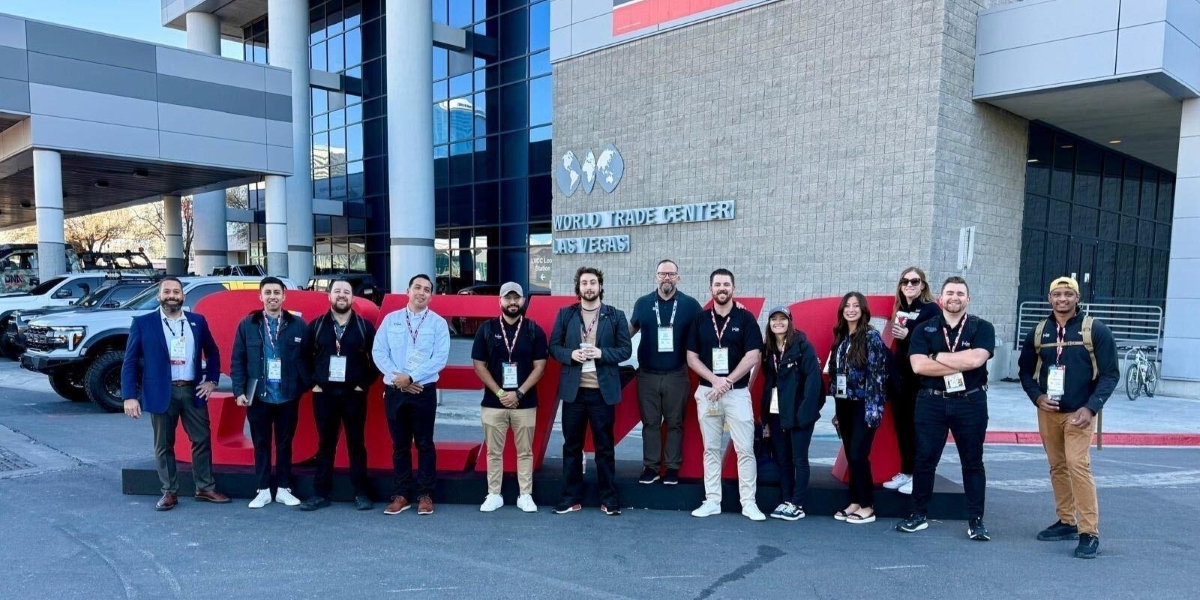World Wrestling Entertainment (WWE) has evolved from a regional wrestling promotion into a global sports entertainment juggernaut, captivating millions with its unique blend of athleticism, storytelling, and larger-than-life characters. What began as a traditional professional wrestling company has transformed into a multimedia empire, producing weekly television shows, premium live events, merchandise, and digital content that reaches over a billion fans in more than 150 countries. The story of WWE is one of constant innovation, shrewd business decisions, and an unwavering commitment to delivering unforgettable spectacles.
At its heart, WWE thrives on the magnetic appeal of its “Superstars,” who portray heroes and villains locked in dramatic rivalries, culminating in thrilling in-ring contests. But beyond the individual performers, WWE orchestrates massive, meticulously choreographed events that transcend mere wrestling matches, becoming cultural touchstones and global spectacles.
From Territorial Roots to Global Dominance
The origins of World Wrestling Entertainment trace back to the early 1950s, when it was known as the Capitol Wrestling Corporation (CWC). At that time, professional wrestling in North America operated under a “territory system,” where various regional promotions, often loosely affiliated under the National Wrestling Alliance (NWA), controlled specific geographic areas. These territories largely avoided direct competition, allowing local stars to thrive and championship titles to be defended within their respective regions.
The vision of Vincent K. McMahon, who took over his father’s company (then the World Wrestling Federation, WWF) in 1982, fundamentally reshaped this landscape. McMahon embarked on an ambitious national expansion, breaking away from the NWA and leveraging the burgeoning power of cable television. He aggressively acquired talent from rival territories and broadcast WWF programming across the United States, effectively dismantling the traditional regional model. This audacious move led to the “Rock ‘n’ Wrestling Connection” in the mid-1980s, collaborating with MTV and pop culture icons like Cyndi Lauper and Mr. T, which catapulted professional wrestling into mainstream pop culture and turned the WWF into a national phenomenon.

The late 1990s saw the “Attitude Era,” a period characterized by edgier, adult-oriented content, which proved immensely popular and helped the company win a fierce ratings war against its primary competitor, World Championship Wrestling (WCW). This era produced some of WWE’s most iconic Superstars and storylines. In 2002, a legal dispute with the World Wide Fund for Nature over the “WWF” acronym led to the company rebranding as World Wrestling Entertainment, or WWE. This name change solidified its identity as a broader entertainment entity, embracing theatricality and storytelling beyond traditional sports. The journey from a regional outfit to a publicly traded global entertainment powerhouse is a testament to WWE’s adaptability and enduring appeal.
The Superstars: Architects of Emotion and Action
The undeniable core of WWE’s enduring popularity lies with its Superstars. These are not merely athletes; they are performers who embody characters, tell compelling stories through their actions and words, and forge deep connections with the audience. The allure of WWE is inextricably linked to the larger-than-life personalities who step into the squared circle, transforming matches into dramatic narratives.
Throughout WWE’s history, a constellation of stars has emerged, each leaving an indelible mark on the industry and popular culture. Figures like Hulk Hogan, with his “Hulkamania” phenomenon in the 1980s, transcended wrestling to become a mainstream icon. His charismatic “Real American” persona and catchphrases resonated with a generation, drawing millions into arenas and homes. The 1990s and early 2000s saw the rise of anti-heroes and rebels such as “Stone Cold” Steve Austin and The Rock (Dwayne Johnson), whose intense rivalries and electrifying performances ushered in new eras of unprecedented popularity and record-breaking revenues. The Rock, in particular, leveraged his WWE fame into a hugely successful Hollywood career, becoming one of the highest-grossing actors in the world.
In recent decades, new generations of Superstars have continued to captivate audiences. John Cena became the face of the company for over a decade, known for his relentless positivity and dedication to charitable work. Roman Reigns has dominated the landscape as the “Tribal Chief,” embodying a complex and compelling character. Other legendary names include The Undertaker, known for his supernatural persona and unparalleled WrestleMania streak, Shawn Michaels, considered one of the greatest in-ring performers, and Triple H, who has transitioned from a dominant competitor to a pivotal executive shaping WWE’s creative direction. These Superstars, through their athleticism, mic skills, and character work, are the heart and soul of WWE, transforming pre-determined matches into believable dramas that evoke genuine emotion from their dedicated fanbase.
The Spectacles: WrestleMania and Beyond
While weekly television shows like Raw and SmackDown build the ongoing narratives and feuds, WWE’s true spectacles unfold at its premium live events (previously known as pay-per-views). These events are the culmination of months of storytelling, where rivalries are settled, championships are won and lost, and unforgettable moments are etched into history. The undisputed crown jewel among these spectacles is WrestleMania, aptly dubbed “The Grandest Stage of Them All” and “The Showcase of the Immortals.”
WrestleMania, which first premiered in 1985, is WWE’s flagship annual event, drawing tens of thousands of fans to massive stadiums and arenas around the globe. It is a spectacle of unparalleled proportions, featuring elaborate stage designs, pyro-technics, live musical performances by major artists, and celebrity appearances. Beyond the glitz, WrestleMania delivers some of the most emotionally charged and historically significant matches in professional wrestling, often featuring dream matchups and the culmination of long-running storylines. The event has grown so large that, since 2020, it has become a two-night extravaganza, allowing for an even more expansive card and grander presentations. WrestleMania’s success has transformed professional wrestling and established it as a major force in sports entertainment.

In addition to WrestleMania, WWE boasts a calendar of other “Big Five” premium live events, each with its unique flavor and significance. Royal Rumble kicks off the year, famous for its eponymous 30-person (or more) over-the-top-rope battle royal that sets the stage for WrestleMania. SummerSlam, often referred to as “The Biggest Party of the Summer,” is WWE’s second-largest event, bringing major matchups and celebrity involvement during the summer months. Survivor Series historically features elimination tag team matches, often pitting brand against brand or rival factions against each other. More recently, Money in the Bank has joined the “Big Five,” known for its ladder match where competitors vie for a contract guaranteeing a championship match at any time of their choosing. These events, alongside various international tours and special shows, are meticulously planned and executed to deliver a high-octane blend of athleticism, drama, and pure spectacle that keeps fans eagerly anticipating the next big moment.
Global Impact and Revenue Streams
World Wrestling Entertainment’s influence extends far beyond the confines of the wrestling ring, establishing it as a global entertainment phenomenon with significant cultural and economic impact. Its reach spans continents, making it a truly international brand that adapts its content to resonate with diverse audiences while maintaining its core identity.
WWE’s weekly programming, Raw and SmackDown, are syndicated and broadcast in over 150 countries and more than 20 languages, reaching millions of households globally. This widespread distribution is complemented by the WWE Network, a pioneering 24/7 streaming service launched in 2014 (which later transitioned its exclusive US content to Peacock and international content to Netflix), providing on-demand access to a vast library of historical matches, documentaries, and premium live events. This digital strategy has significantly expanded WWE’s global footprint and solidified its position as a leader in sports entertainment. The company also maintains a strong presence across social media platforms, engaging with a massive online fanbase and leveraging digital content to build hype and extend storylines.
From a financial perspective, WWE generates substantial revenue from multiple streams. The most dominant source of income comes from television rights fees for its flagship shows, securing multi-billion dollar deals with major broadcasters like NBCUniversal (for Raw on USA Network) and Fox (for SmackDown on Fox). Other significant revenue streams include live events (ticket sales from house shows and premium live events), merchandise sales (apparel, action figures, collectibles), consumer products, sponsorships, and network subscriptions. In 2023, WWE reported an impressive annual revenue, showcasing its strong financial health. Beyond direct revenue, WWE actively engages in significant philanthropic efforts, partnering with organizations like Make-A-Wish, Special Olympics, and the USO, demonstrating its commitment to making a positive impact on communities worldwide. This blend of global reach, diverse revenue streams, and corporate social responsibility solidifies WWE’s position as a dominant force in the ever-evolving landscape of sports and entertainment.








